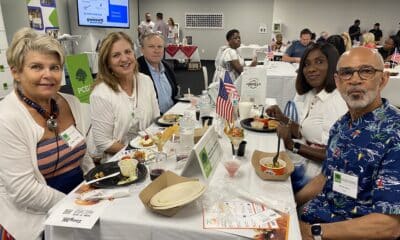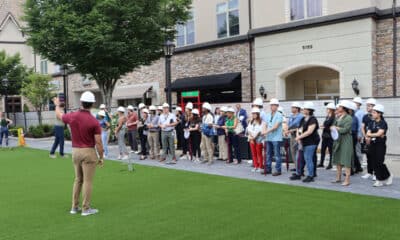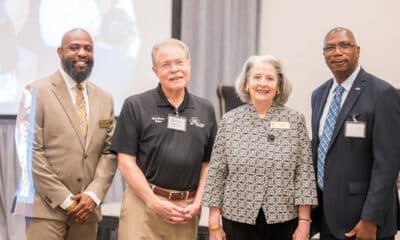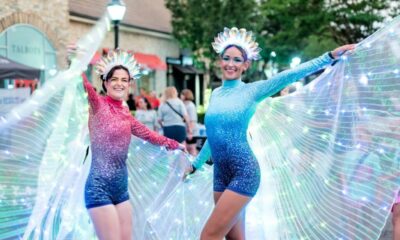Sports
Is a Pickleball Complex on the Horizon for Peachtree Corners?
Published
9 months agoon
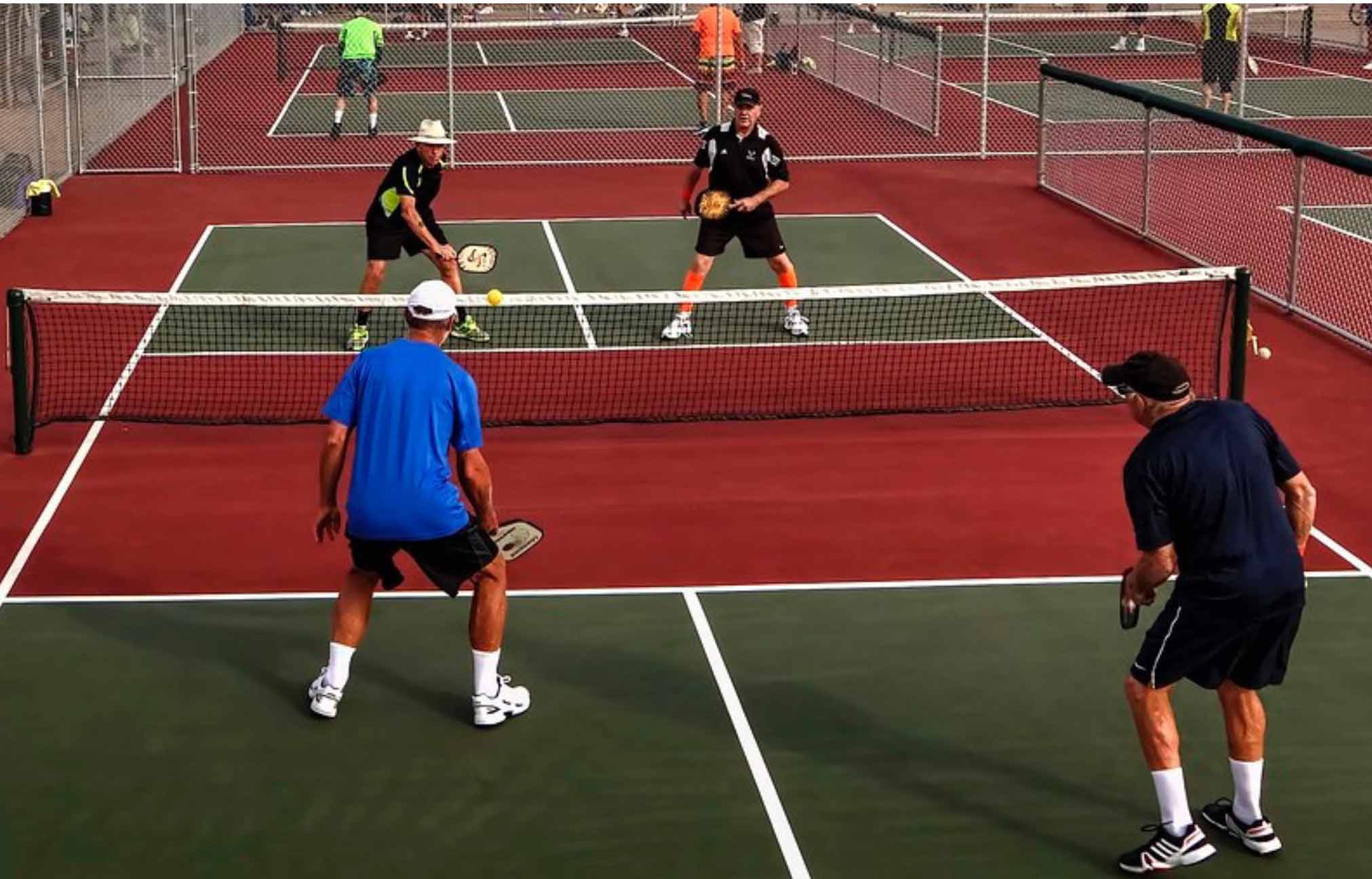
In the past few decades, a sport with a kind of silly name has been sweeping the suburbs. Pickleball uses a smaller version of a tennis court with a plastic whiffle-type ball and a racquet that’s not unlike a ping-pong paddle.
Reports have shown that people enjoy the sport because it’s not as strenuous or expensive to play and doesn’t require the same skill level as tennis. Yet, finding a place to play has become increasingly difficult.
Pickleball in Peachtree Corners
Always keeping its finger on the pulse of the community, the city of Peachtree Corners may be considering a major facility for players and spectators alike.
“As you all remember, a number of months ago, we were in preparation for getting to a point where we might be able to make a decision on this phenomenon, we all know is pickleball,” said City Manager Brian Johnson.
“How big is it here in Peachtree Corners? What might the city be involved in facilitating? Would it be of value to us? How much would it cost?” he asked.
With those questions in mind, the city of Peachtree Corners contracted with Sports Facilities Advisory (SFA) in April to produce a five-year financial forecast for developing a pickleball complex. The findings were presented at a city council work session on Sept. 12.
Key criteria for the complex
The city asked for several models, including indoor and outdoor facilities, a possible full-service restaurant and basic concession offerings.
Multiple models were considered based on their ability to complement, rather than compete with, national scale pickleball events currently scheduled at nearby facilities.
For the city to consider such a costly endeavor, several “measurements of success” were required for it to be feasible.
“We want to attract non-local visitors to an area and drive that economic impact with hotel room nights and direct spending,” said Suzanne Fisher Reeder, an account executive and project manager for SFA.
These measurements were gleaned from a stakeholder meeting back in June, and SFA condensed them into three major points:
The first is to create a best-in-market hub for pickleball tournaments and events that attract non-local visitors to Peachtree Corners. This hub must make an economic impact, including hotel room nights and direct spending to adjacent businesses.
The second point is to leverage revenue-generating opportunities and spaces to create a business model that limits ongoing subsidy requirements.
Lastly, to develop an adaptable, flexible facility and operating model that maximizes use for pickleball tourism.
“So, what does that look like?” asked Reeder. “We actually look at three different options.”
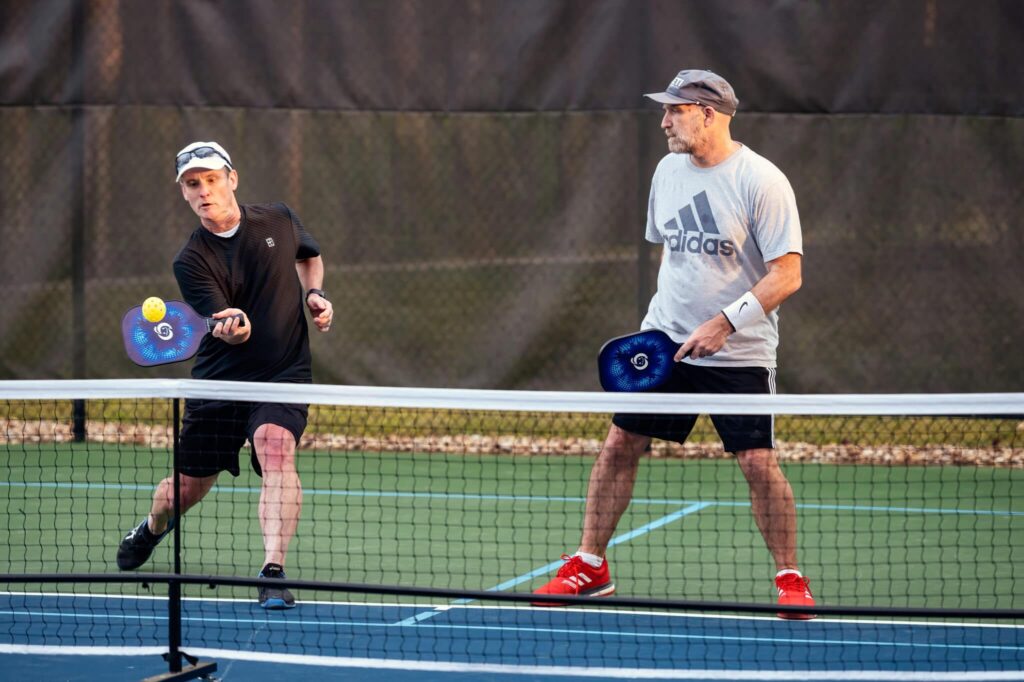
Examining the possibilities
The first option was a local model with a 12-court facility with six indoor and six outdoor courts to support local play (ALTA and USGA).
The next model was a mid-level option with 24 courts. There would be 12 Indoor and 12 outdoor covered courts. It would support local play and tournament play.
“That would be weekend play and three-to-five-day tournaments,” said Reeder.
The largest was a national tournament model with 60 courts, 48 indoor and 12 outdoor courts covered.
“It could host very large national tournaments but also support your local players,” said Reeder.
Once the options were presented, SFA took a Goldilocks approach in its recommendation. The lower-end option would be suitable for local play.
It could accommodate those in Peachtree Corners looking for a facility, but it would not be large enough for tournaments or attracting tourism.
The high-end option wouldn’t be as cost-effective and could compete with existing businesses. Most concerning, it wouldn’t be utilized enough to account for the expense. The mid-level option appeared to be the sweet spot.
“The 24-court pickleball indoor/outdoor [model] … is about 55,000 square feet of indoor [space], 35,000 square feet outdoors, seven total acres to build, and we have a full breakdown of the model,” said Reeder.
Economic impact
The breakdown included food and beverage options, an outdoor event area, an indoor upstairs bar-type restaurant, a membership lounge, a parking lot and other things needed for regional tournaments and to support local players.
“When we look at revenue, we look at all of the potential business units that could take place within the facility,” said Reeder.
SFA calculations showed that the complex could generate about $8 million in the first four years, with year five at close to $9 million. After operating costs, profit would be around $5 million annually.
Looking at economic impact, Reeder said they expect the typical out-of-towner would spend an average of $120.72 per night on food, lodgings and miscellaneous expenses.
Overnight stays would start at around 4,000 hotel rooms in the first year, growing to about 16,000 rooms by year five, depending upon the number of tournaments.
“We’ve also projected the number of tournaments starting at nine, leading up to 16. Including everything from one or two-day tournaments up to five-day tournaments,” said Reeder.
More work to be done
The mid-level model seemed to fulfill the three requirements for success mainly because it would be operationally sustainable and wouldn’t require a subsidy.
The discussion continued after SFA’s recommendation. Concerns about public and private partnerships, competition in other parts of metro Atlanta, the longevity of the concept and acquisition of property arose.
The issue is far from being resolved, and the city council has a lot more research ahead.
Related
Arlinda Smith Broady is part of the Boomerang Generation of Blacks that moved back to the South after their ancestors moved North. With approximately three decades of journalism experience (she doesn't look it), she's worked in tiny, minority-based newsrooms to major metropolitans. At every endeavor she brings professionalism, passion, pluck, and the desire to spread the news to the people.

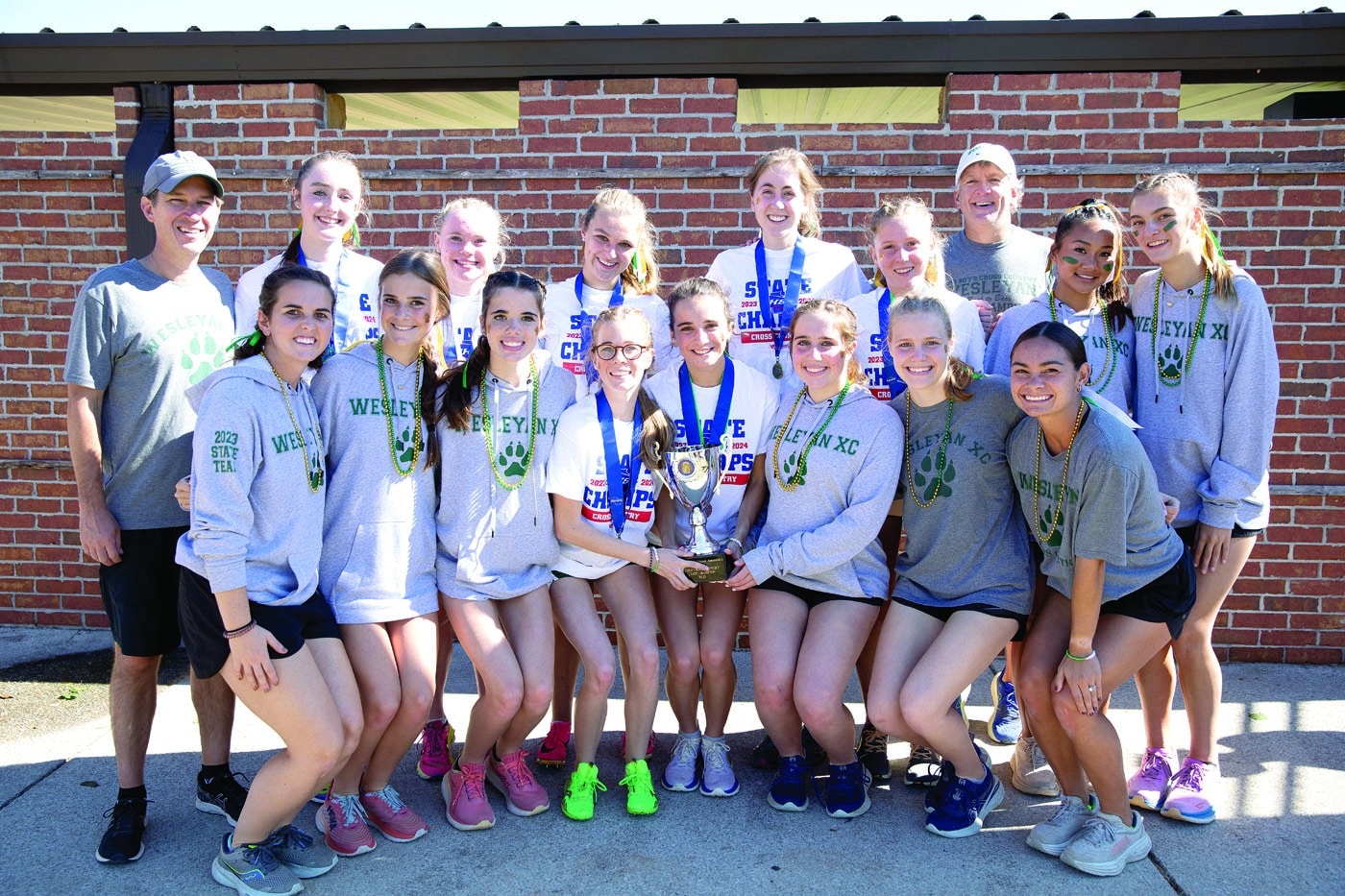
Wesleyan School is known for its faith-based academic excellence, but maybe you didn’t know that the school’s athletic achievements are just as impressive. This year alone, Wesleyan has amassed an astounding nine state championships.
“The Wesleyan School athletic program has been incredibly blessed to enjoy a significant amount of success during the 2023-2024 school year. Winning nine state championships is a credit to our student-athletes, coaches, and parents,” said Chris Cleveland, head of school and assistant coach for the varsity boys basketball team.
Nine state championship titles are the most Wesleyan has ever won in a single school year. But the school’s athletic department is focused on far more besides winning.

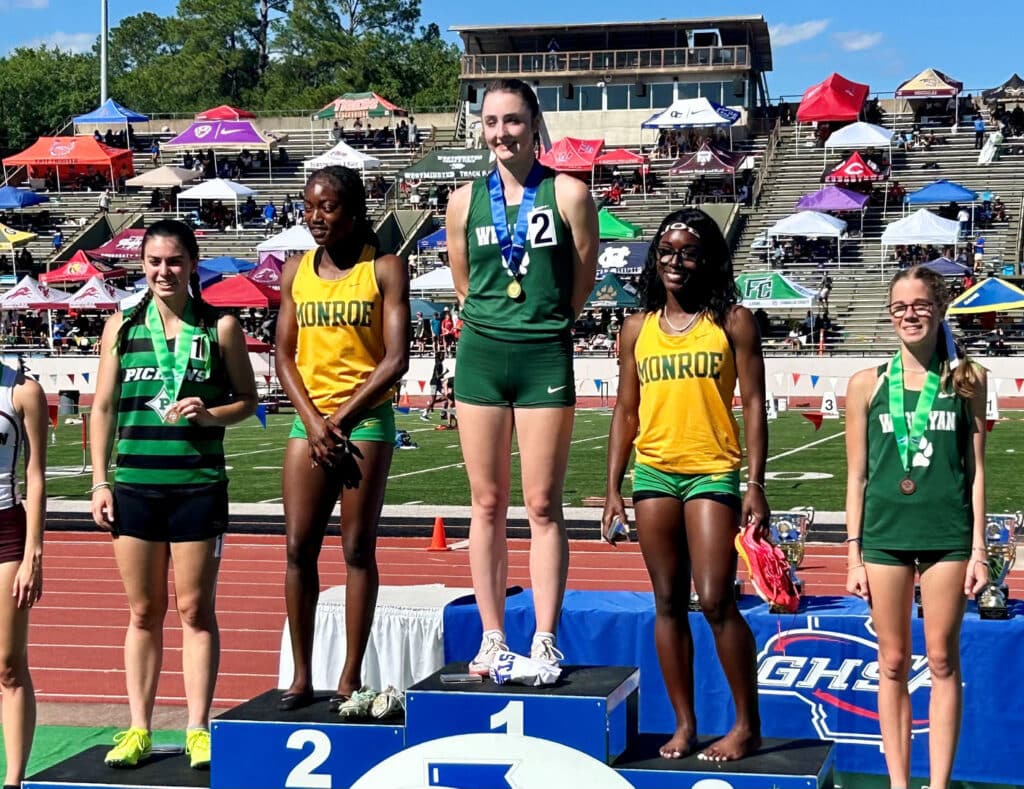
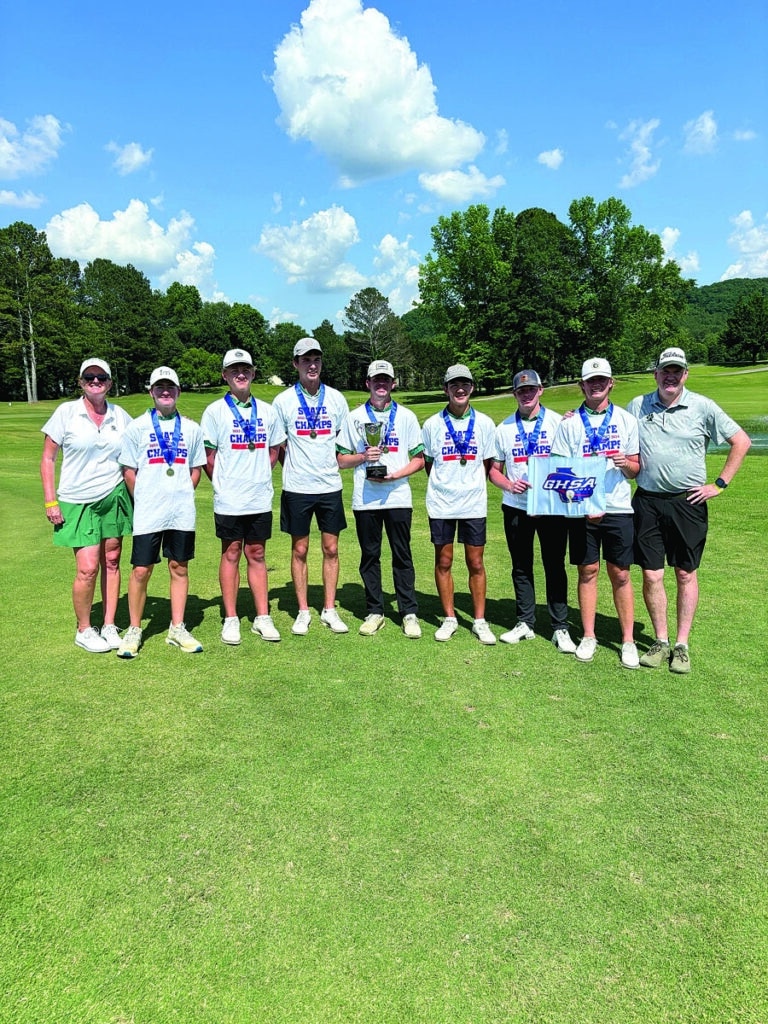

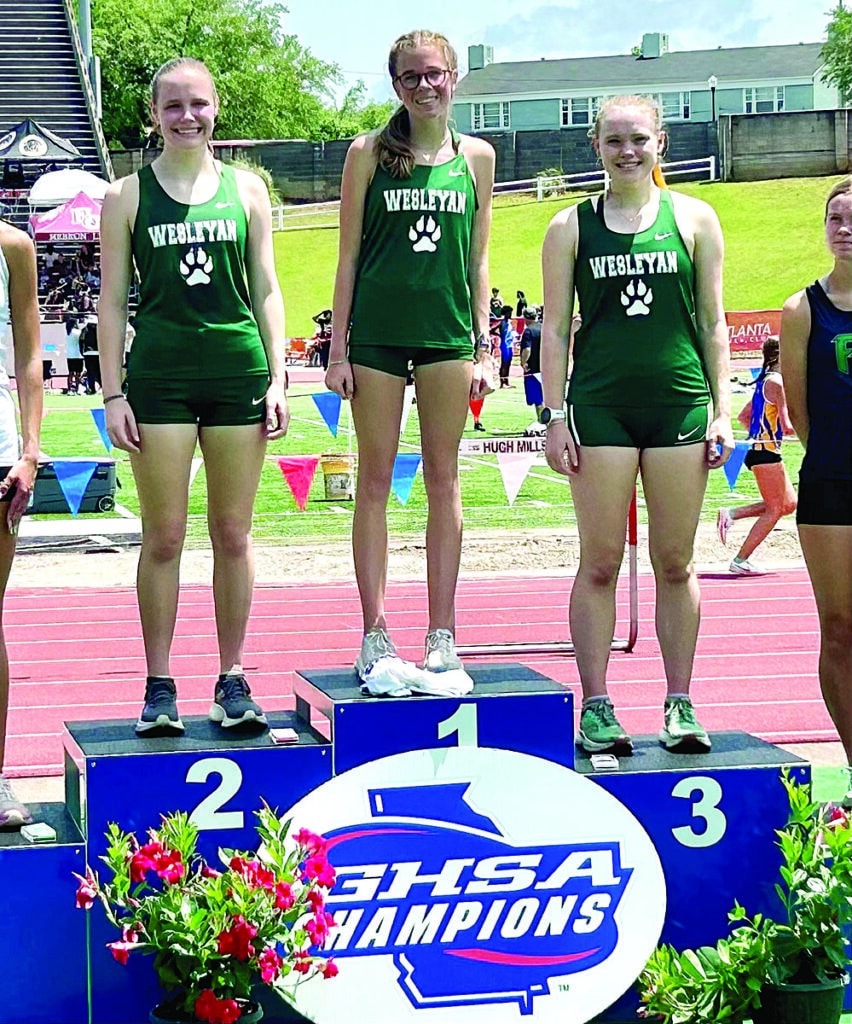
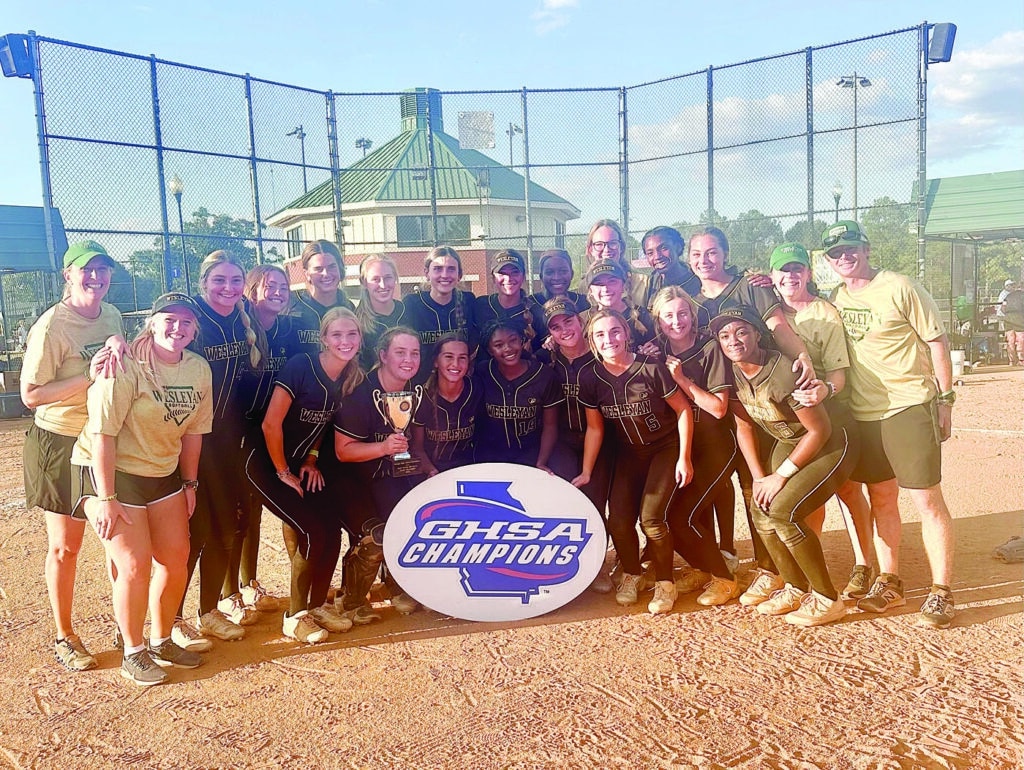

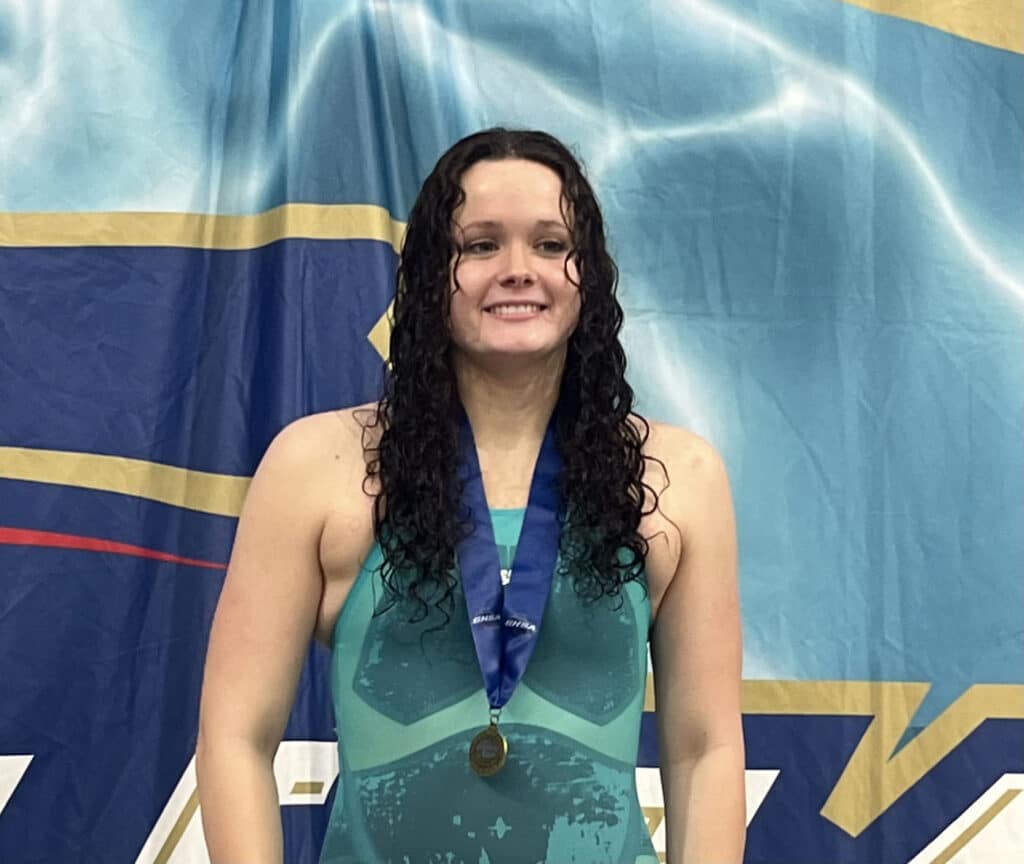
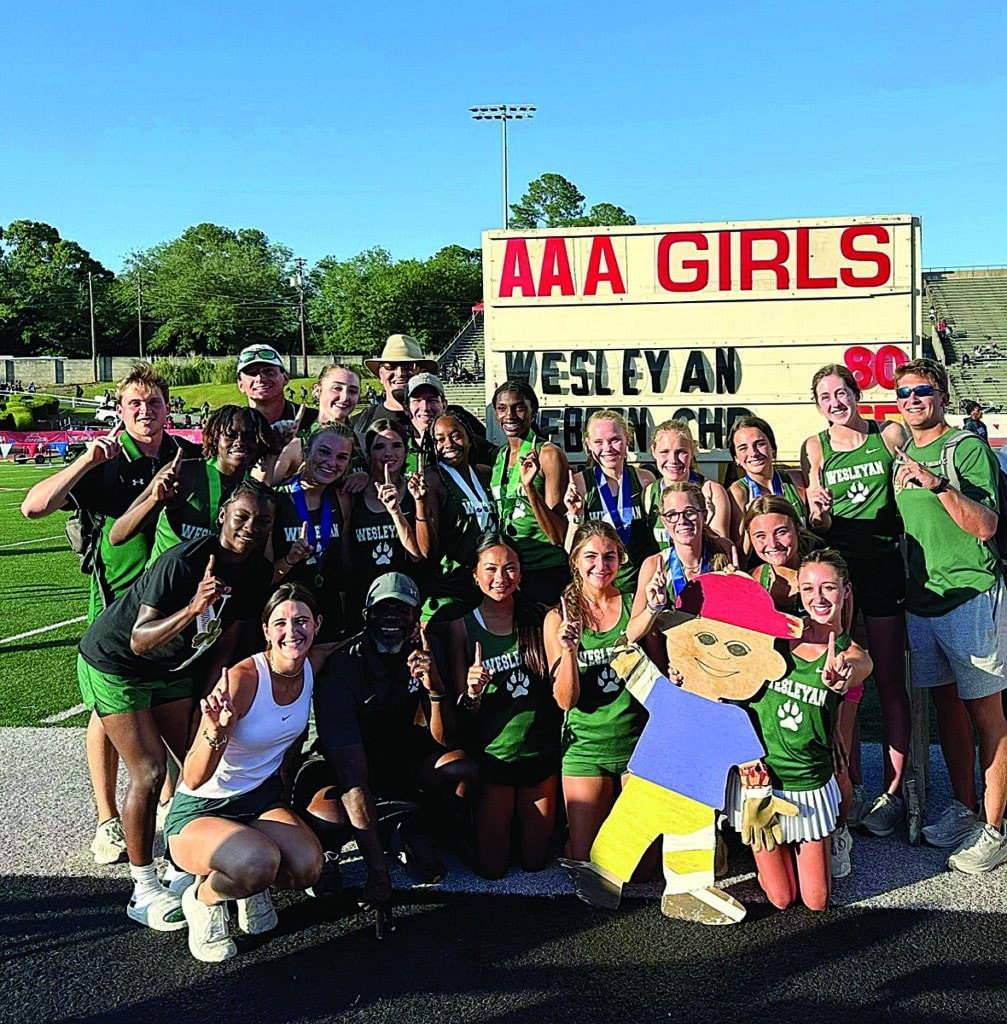
“While winning a state championship is a substantial accomplishment that is worthy of celebration, it is not the sole measure by which we measure the success of a season. It is our greatest desire and prayer that the lives of our students will be transformed due to the investment by our coaches and through the relationships they build with their teammates,” added Cleveland.
After the girls and boys lacrosse teams won their state titles earlier this year, Wesleyan now has a state championship in every sport they field.
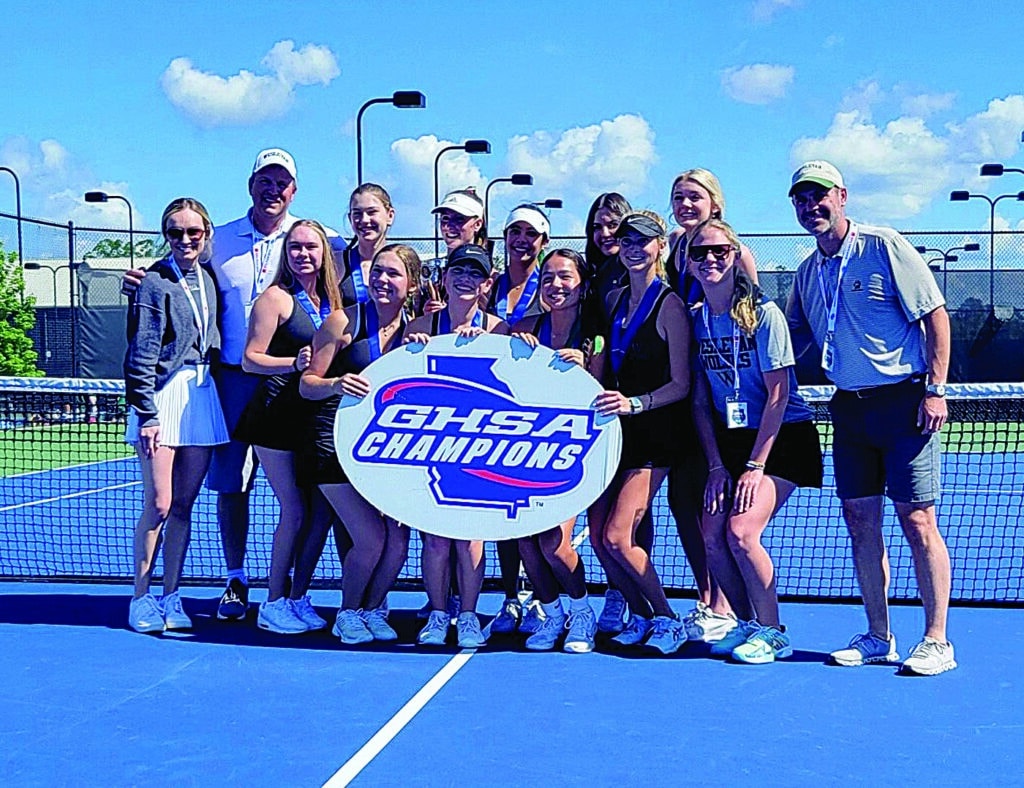
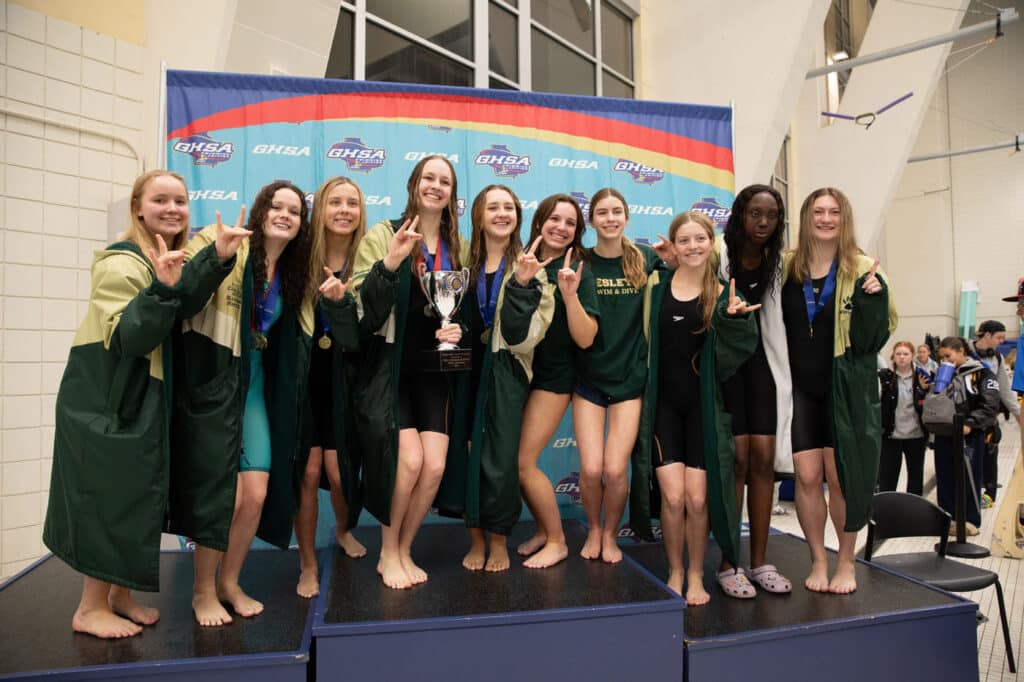
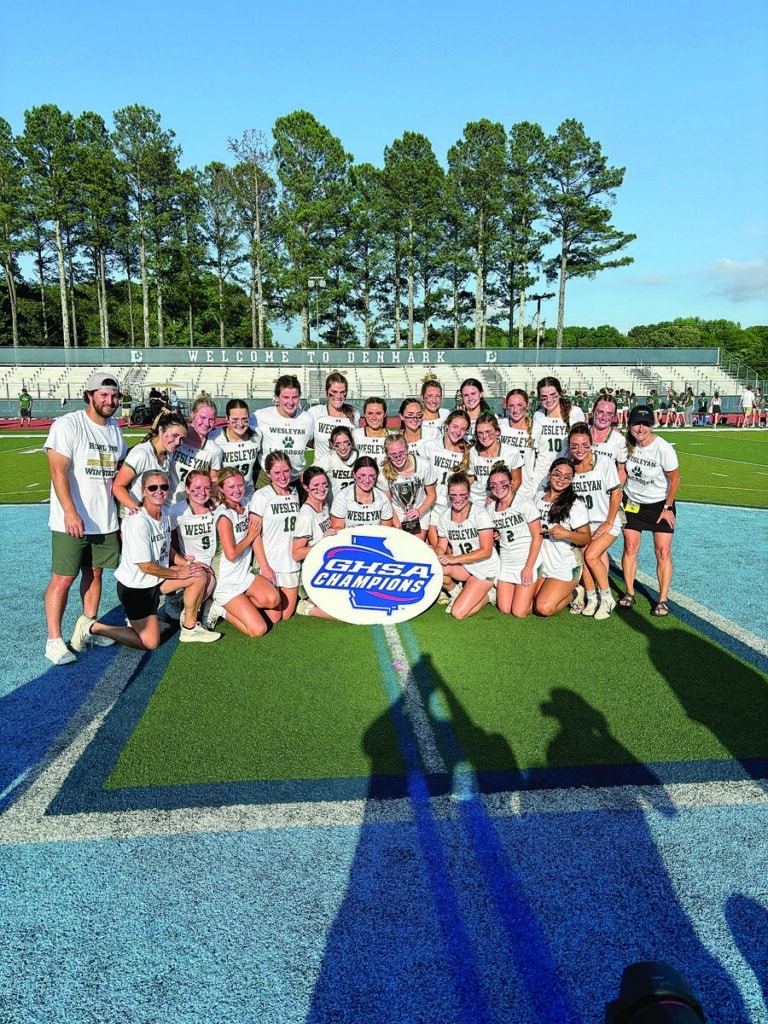
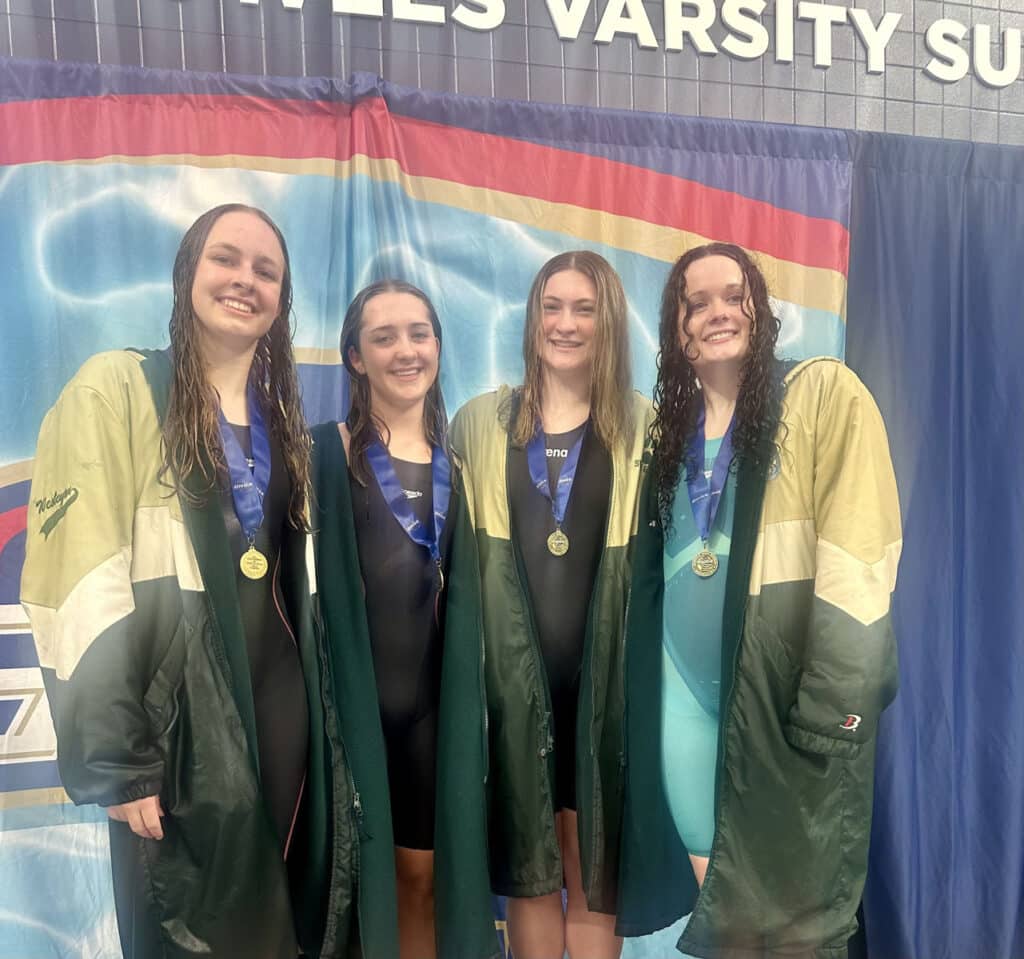

“We are so proud of our student-athletes, coaches, and our entire athletics program. Regardless of the number of state championships in a given year, our goal is to develop young men and young women of character. When recognition like state titles accompanies that objective, it certainly is a lot of fun and a great honor for our entire community,” commented Lacy Gilbert, director of athletics.
Congratulations to all Wesleyan student-athletes, coaches and faculty for this incredible accomplishment.
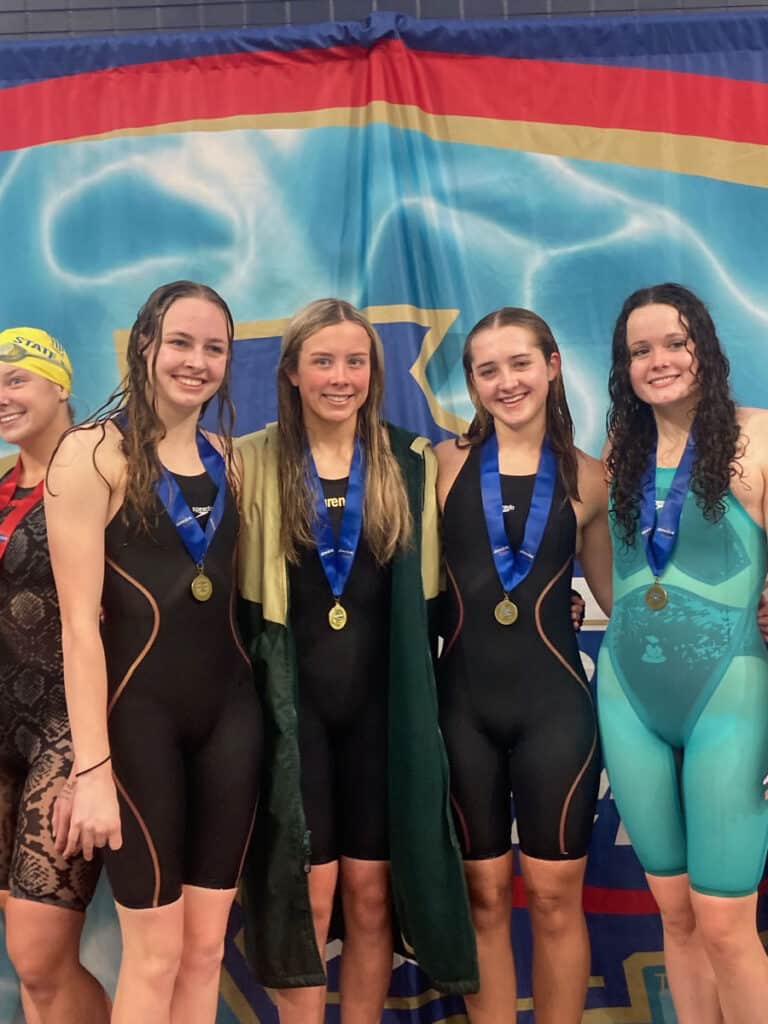
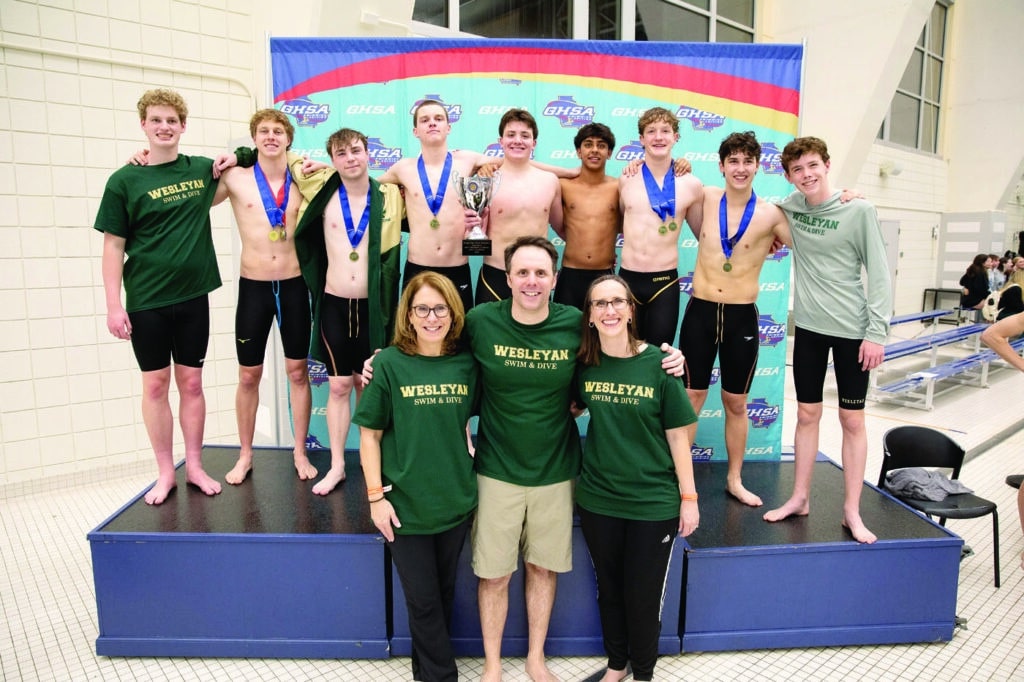
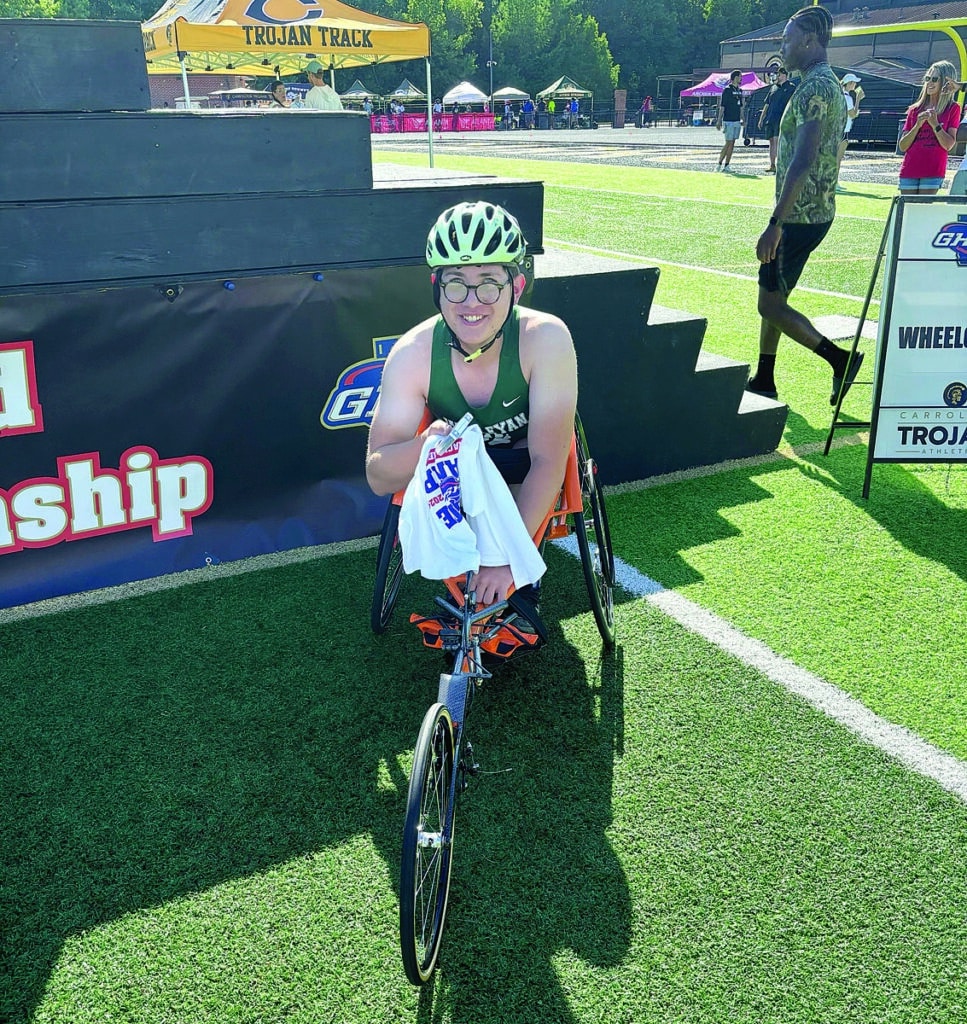
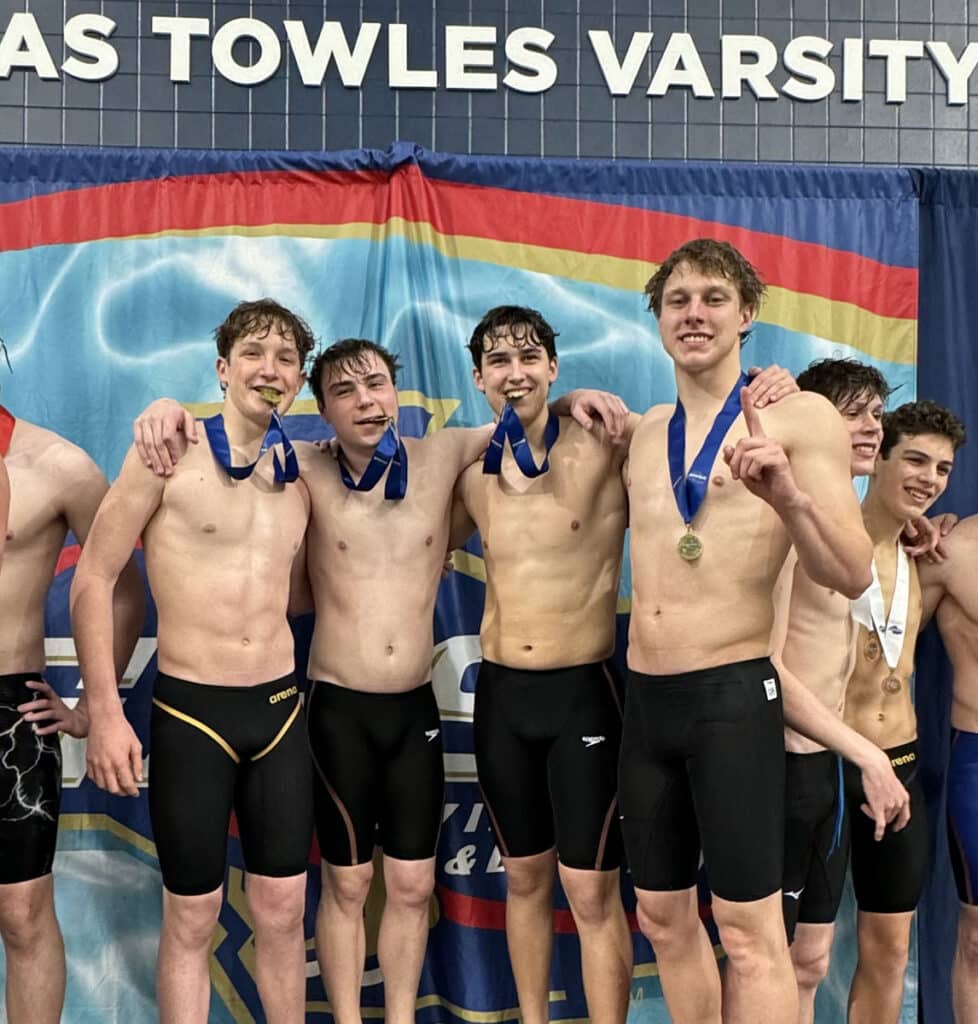
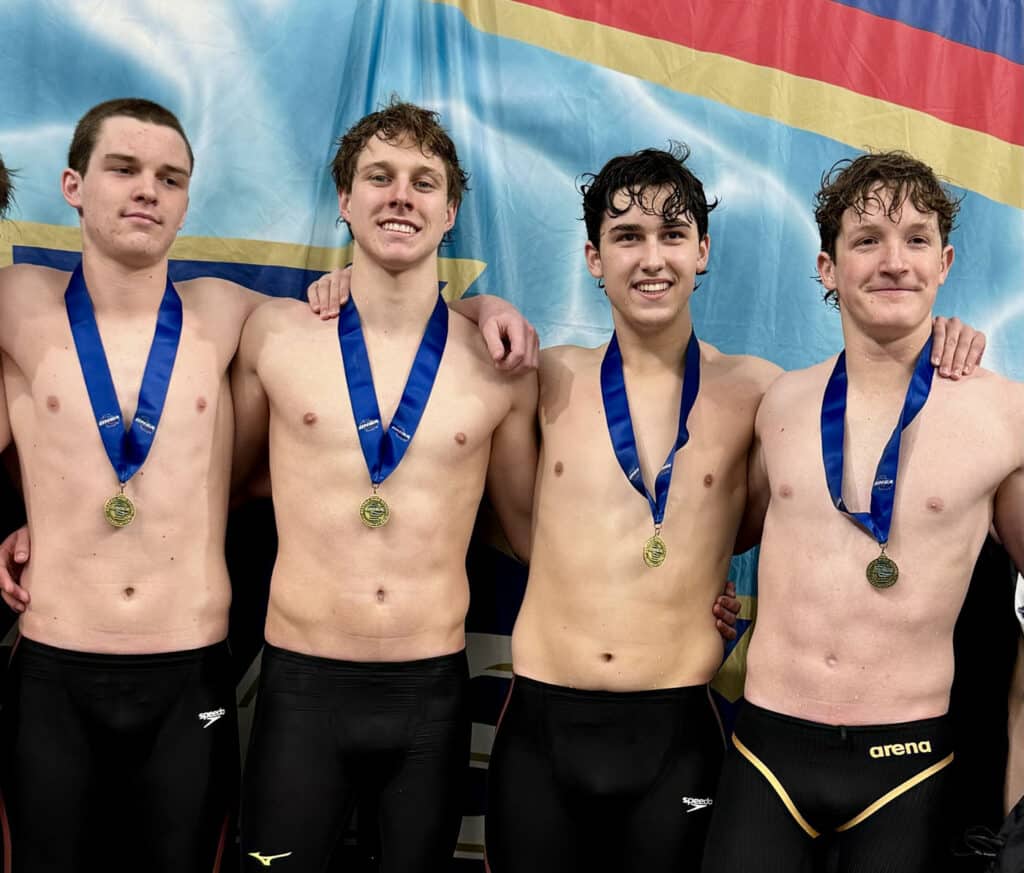
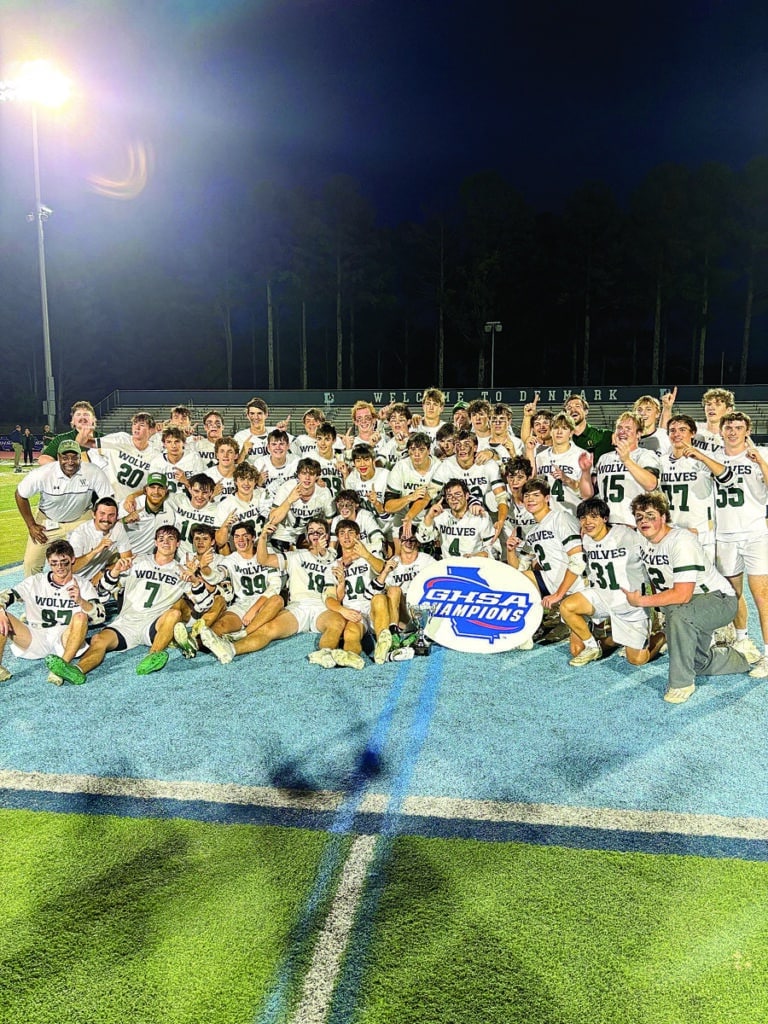
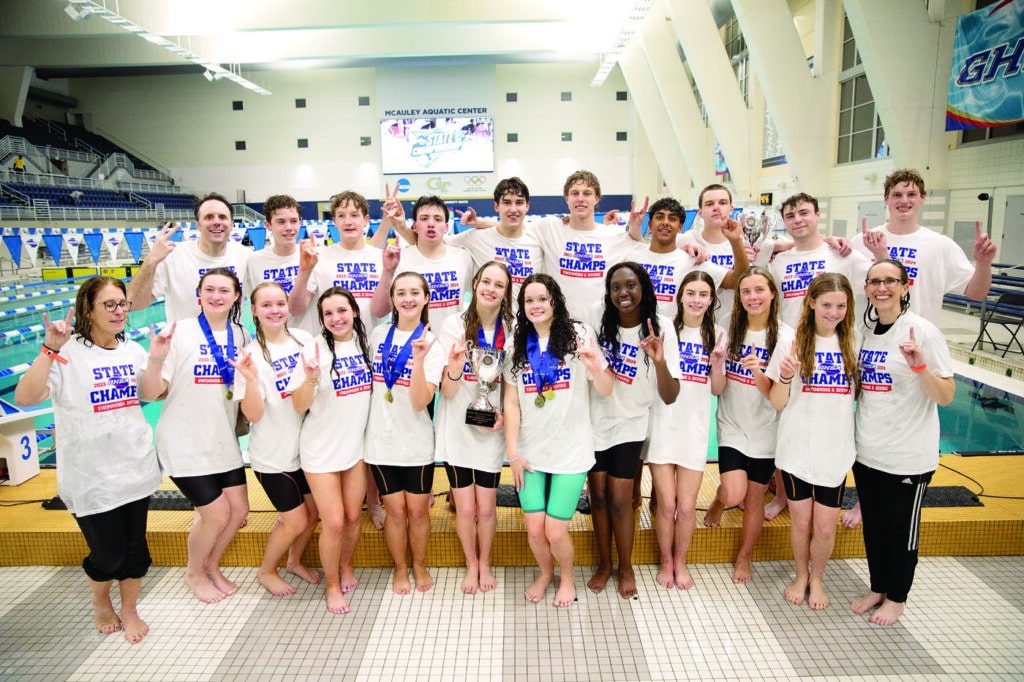
List of team titles:
- Girls Softball
- Girls Cross Country
- Boys Swim & Dive
- Girls Swim & Dive
- Girls Lacrosse
- Boys Lacrosse
- Girls Tennis
- Girls Track & Field
- Boys Golf
List of individual titles:
- Weezie Moore – Girls Cross Country
- Abbey Suits – Dive
- Hattie Wasmuth – Swim: 200 Medley
- Max Perry – Swim: 50 Free
- Ryan Cowart, Jace Neeb, JJ Neeb and Max Perry – Swim: 200 Free Relay
- Ansley Chapman, MC Harrison, Vivian Hosier and Hattie Wasmuth – Swim: 200 free relay
- Ryan Cowart, JJ Neeb, Max Perry and Connor Worgo – Swim: 400 free relay
- Ansley Chapman, Lily Corbitt, Vivian Hosier and Hattie Wasmuth – Swim: 400 free relay
- Weezie Moore – Track & Field: 3,200 meters
- Kyra Brubaker, Ansley Voss, Eva Murphy and Julie Anne Bush – Track & Field: 4 x 800-meter relay
- Anne McSweeney – Track & Field: 800 meters
- Ben Vondrak – Track & Field: Wheelchair 800 meters and 200 meters
Related
Sports
The ALTA Foundation Announces the 2024 L. Keith Wood Scholarship Award Winners
Published
3 months agoon
May 10, 2024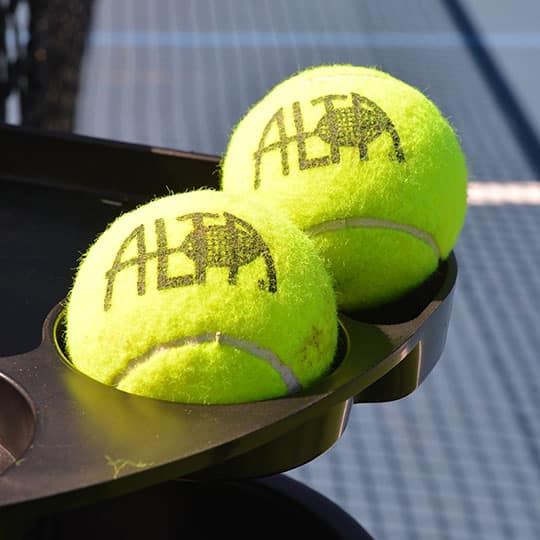
Congratulations to the eight well-deserving recipients who will receive this year’s L. Keith Wood Scholarship award winners scholarship. ALTA Foundation committee members reviewed numerous applications from exceptionally talented, intelligent and community focused students to make their decisions.
To qualify for this award, candidates must have engaged in either the ALTA Junior League, participated in the Junior Challenge Ladder, or been involved in the Foundation’s START program. They had to have shown a dedication to community and volunteer service along with being able to display how tennis has assisted with their growth, both on and off the court.
Each awardee will be granted a $2,500 scholarship to support their educational endeavors and will be honored on center court during ALTA Day on July 22 at the Atlanta Open.
Here are the winners:
Isabelle Coursey – Atlanta, GA
ALTA Facility: Dekalb Tennis Center
Graduate of: Chamblee High School
Attending: Georgia Tech
Riley Hamrick – Peachtree Corners, GA
ALTA Facility: Peachtree Station Swim and Tennis
Graduate of: Norcross High School
Attending: University of Georgia
Athena Misewicz – Dunwoody, GA
ALTA Facility: Dunwoody Country Club
Graduate of: Dunwoody High Schoolz
Attending: University of Georgia
Prisha Mody – Johns Creek, GA
ALTA Facility: Peachtree Station
Graduate of: Johns Creek High School
Attending: University of Georgia
Mara Opre – Suwanee, GA
ALTA Facility: Sharon Springs Park
Graduate of: Lambert High School
Attending: Anderson University
Ben Stone – Suwanee, GA
ALTA Facility: Mayfair/ St. Clair
Graduate of: Lambert High School
Attending: University of Alabama
Ally Turnbough – Snellville, GA
ALTA Facility: Briscoe Park
Graduate of: Greater Atlanta Christian School
Attending: Clark Atlanta University
Davis Wall – Duluth, GA
ALTA Facility: Canterbury Woods
Graduate of: Peachtree Ridge High School
Attending: University of Georgia
Related
Sports
Peachtree Corners Gets Pole Position in Speed Week 2024
Published
4 months agoon
April 1, 2024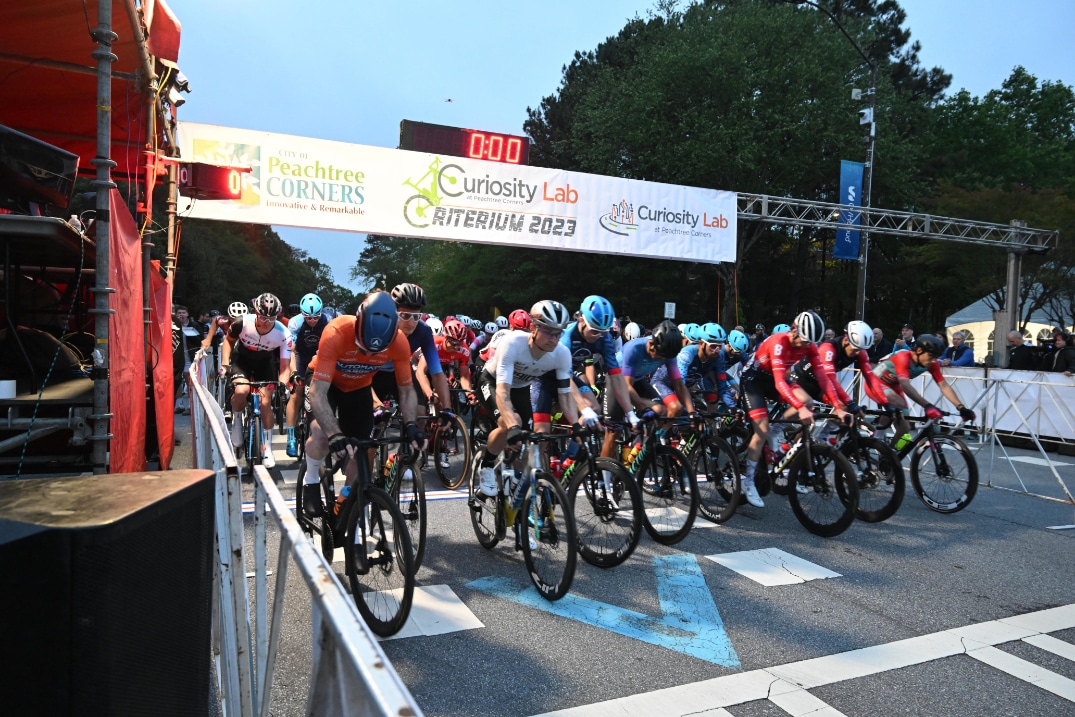
The first Curiosity Lab Criterium took place last year on a cold, rainy day, but the weather didn’t dampen enthusiasm for the event.
The collection of Speed Week criteriums in Georgia and South Carolina kicks off Thursday, April 25, in Greenville, SC, and wraps up on Sunday, May 5, in College Park, GA.
Peachtree Corners has added many new components this year, including a Sunday time slot.
“It was a good opportunity for us to get a feel for it,” said Louis Svehla, the city’s communications director. “[We got to see] how it would work in the setup and stuff like that.”
This year’s event will also feature a running race, races for kids, food trucks, vendors and other activities for the family.
Speed Week is a premiere event on the U.S. Pro Cycling Circuit that draws cyclists worldwide, including Olympic medalists and world and national champions. In 2023, the professional men’s and women’s events drew cyclists from over 30 states and more than 20 countries.
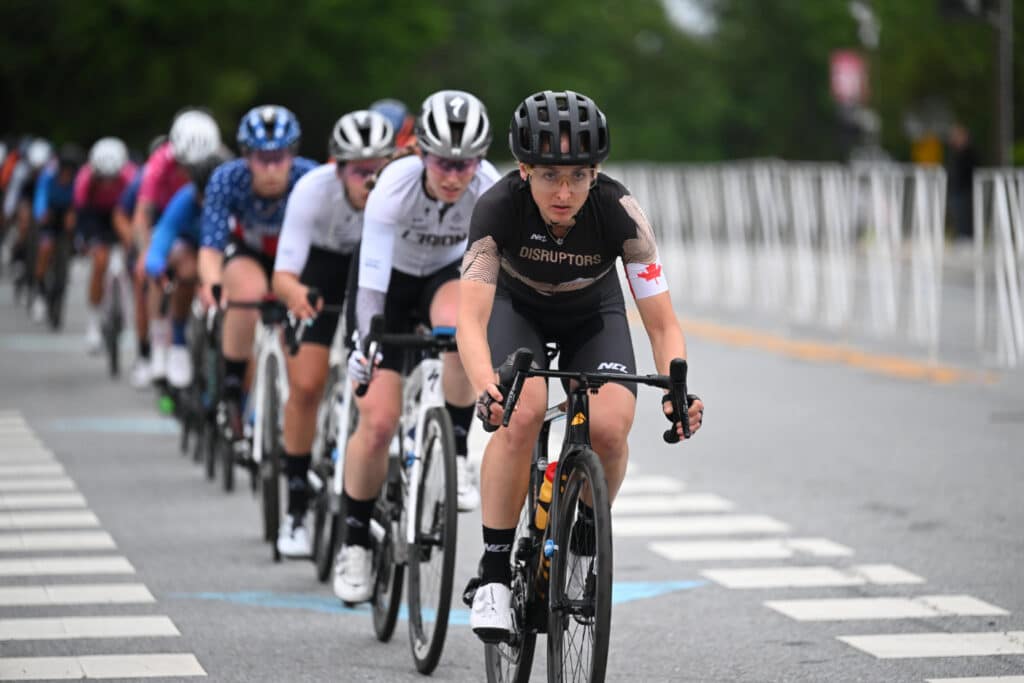
Gearing up for race day
The 2024 Curiosity Lab Criterium will take place on a course in the world-famous Curiosity Lab in Peachtree Corners, a 5G-enabled, 500-acre living laboratory ecosystem designed specifically as a proving ground for IoT, mobility and smart city technologies.
The Curiosity Lab Criterium will feature an array of innovative technologies currently being deployed to help protect vulnerable road users (VRUs). This event will also showcase the VRU technology of tomorrow as exhibited by private sector V2X companies and sensor innovators, OEMs hardware and software manufacturers, government officials, bike companies, advocacy groups and more.
“Despite it being a dreary day in the middle of the week last year, the public showed up and had a good time,” Svehla said.
“We always want people to gather and hang out with each other, especially when these events are free and really for them,” he added.
“For our first one, we were very happy with the turnout. … The vendors and the food trucks we hired for the event made their minimums, so they didn’t cost the city any money,” he explained.
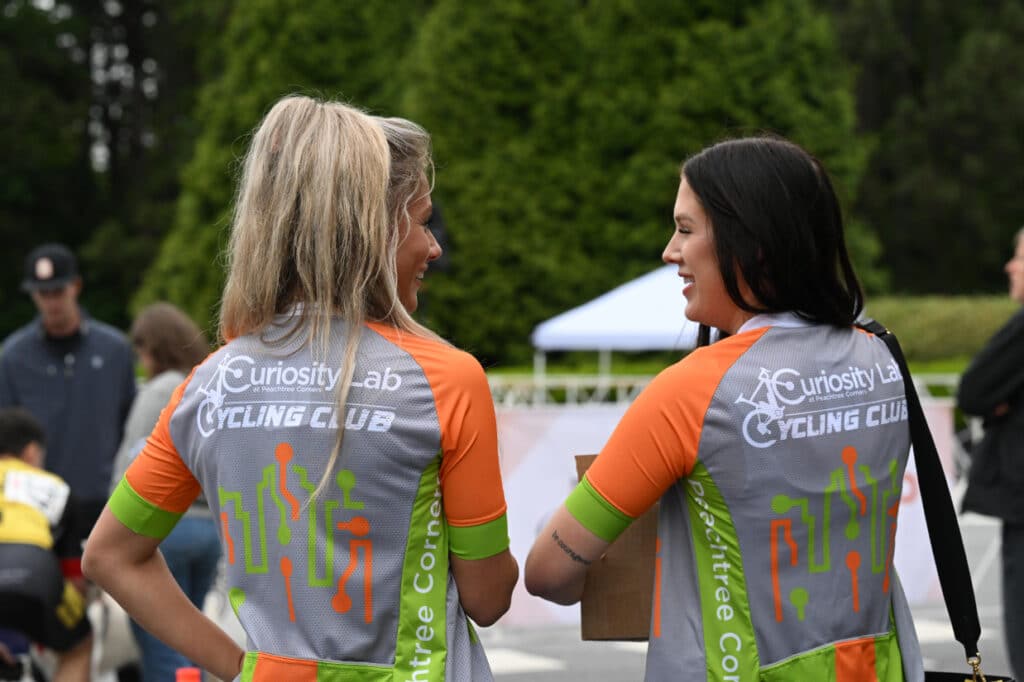
Even better than last year
Event producers, sponsors and race teams also gave great feedback.
“They were ecstatic about this course. They absolutely loved it because it’s unlike any other course they have on this circuit,” he said. “They love that there were elevation changes and … it was in a different type setting, not just on a city street like others.”
The success of that first year prompted the promoters to move this year’s race to a Sunday, a weekend race. It’s the day after the Athens race and the second one in Georgia.
“It’s not really far distance,” Svehla added. “And because of that, we expect to have more professional riders, both in the men’s and women’s professional divisions. And we’re hoping that also boosts the amount of … third tier riders that are amateurs but want to compete.”
“Last year’s races started at 3 p.m., and I think the last race went off at 9 p.m.,” he said. “This year, we are starting at 10 in the morning.”
The last race starts at 8 p.m. and lasts about an hour. In between, there are several junior categories for kids from 9 to 14 years old, a 130-yard race for little kids ages 5 to 9, a foot race and many family-friendly activities.
“Although the bike races are open to whoever registers, the running races are invitational only,” Svehla said.
“They’re inviting some of the best runners from the Southeast,” he said. These people are going to run a sub-six-minute mile, minimum.”
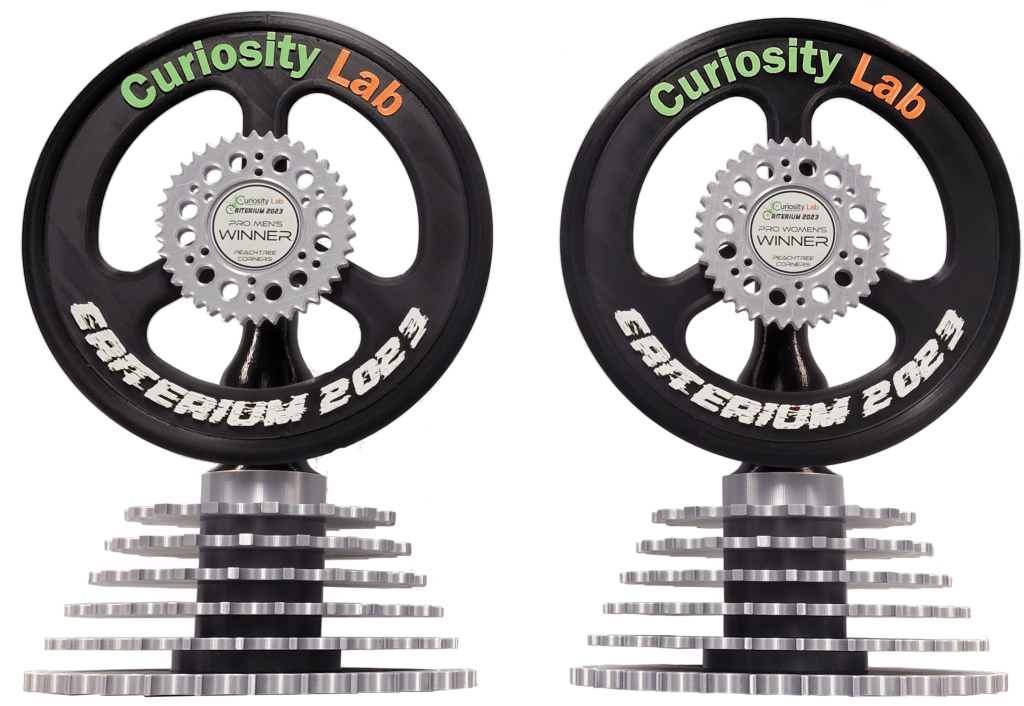
Taking home the gold
Last year’s custom 3-D printed trophies for the professional men and women competitors will be replicated in smaller trophies and medals for the amateur racers.
The design is the same as last year, but the spokes on the wheel are gold. Local company ZhumeisterLabs (ZLabs3D) will be making the trophies.
In addition to being a fun, family-focused event, Curiosity Lab Criterium is also a chance to showcase the best of Peachtree Corners.
“[This] allows us to showcase Curiosity Lab, its different technologies and what being an IT city means,” said Svehla.
“We also want to be a leader in working with companies to provide solutions that make being on the road or next to the roadway as safe as possible. This, hopefully, will encourage more cycling, walking, running and multi-use trails.”
Curiosity Lab Criterium 2024
What: U.S. Pro Cycling Circuit Race and Running Race
When: Sunday, April 28
Time: 10 a.m. to 8:30 p.m.
Where: Curiosity Lab at Peachtree Corners City Hall (310 Technology Pkwy)
Learn more about the event at peachtreecornersga.gov/385/Curiosity-Lab-Criterium-2024.
Speed Week Events
April 25 through May 5
Greenville Cycling Classic
Greenville, SC
Thursday, April 25
Spartanburg Regional Healthcare System Criterium
Spartanburg, SC
Saturday, April 27
Athens Orthopedic Clinic Twilight Criterium p/b Michelob Ultra
Athens, GA
Sunday, April 28
Curiosity Lab Criterium
Peachtree Corners, GA
Tuesday, April 30
Spin the District – Union City criterium
Union City, GA
Wednesday, May 1 (non-speed week event)
Bonus! Track racing @ Dick Lane Velodrome
East Point, GA
Friday, May 3
Spin the District – Hapeville Criterium
Hapeville, GA
Saturday, May 4
Lagrange Cycling Classic
Lagrange, GA
Sunday, May 5
Speed Week Finals – Spin the District – College Park Criterium
College Park, GA
Sunday, May 5
Related
Read the Digital Edition
Subscribe
Keep Up With Peachtree Corners News
Join our mailing list to receive the latest news and updates from our team.
You have Successfully Subscribed!

What’s going on at Jones Bridge Park and the Challenges of Urban Development

Taste of Peachtree Corners: PCBA Showcases Local Restaurants

The Forum Gives Sneak Peek of New Eateries and Community Spaces

Southwest Gwinnett Mayors Share Visions for the Future

8 Events Happening In and Around Peachtree Corners This August

Peachtree Corners Shines Bright with Light Up the Corners Glow Race this August

Peachtree Corners Shines Bright with Light Up the Corners Glow Race this August

The Forum Gives Sneak Peek of New Eateries and Community Spaces

8 Events Happening In and Around Peachtree Corners This August

Southwest Gwinnett Mayors Share Visions for the Future

Taste of Peachtree Corners: PCBA Showcases Local Restaurants

What’s going on at Jones Bridge Park and the Challenges of Urban Development

Local Resident Opens AtWork Location in Peachtree Corners

CHRIS 180 Expands its Services into Gwinnett County [Podcast]

Light up the Corners [Video]

Capitalist Sage: Business Leadership in Your Community [Podcast]

Cliff Bramble: A Culinary Adventure through Italy

Top 10 Brunch Places in Gwinnett County

A Hunger for Hospitality

THE CORNERS EPISODE 3 – BLAXICAN PART 1

Top 10 Indoor Things To Do This Winter

The ED Hour: What it takes to Remove Barriers from Education
Peachtree Corners Life
Topics and Categories
Trending
-
Business1 week ago
Taste of Peachtree Corners: PCBA Showcases Local Restaurants
-
Business2 days ago
The Forum Gives Sneak Peek of New Eateries and Community Spaces
-
City Government4 days ago
Southwest Gwinnett Mayors Share Visions for the Future
-
Around Atlanta4 days ago
8 Events Happening In and Around Peachtree Corners This August


